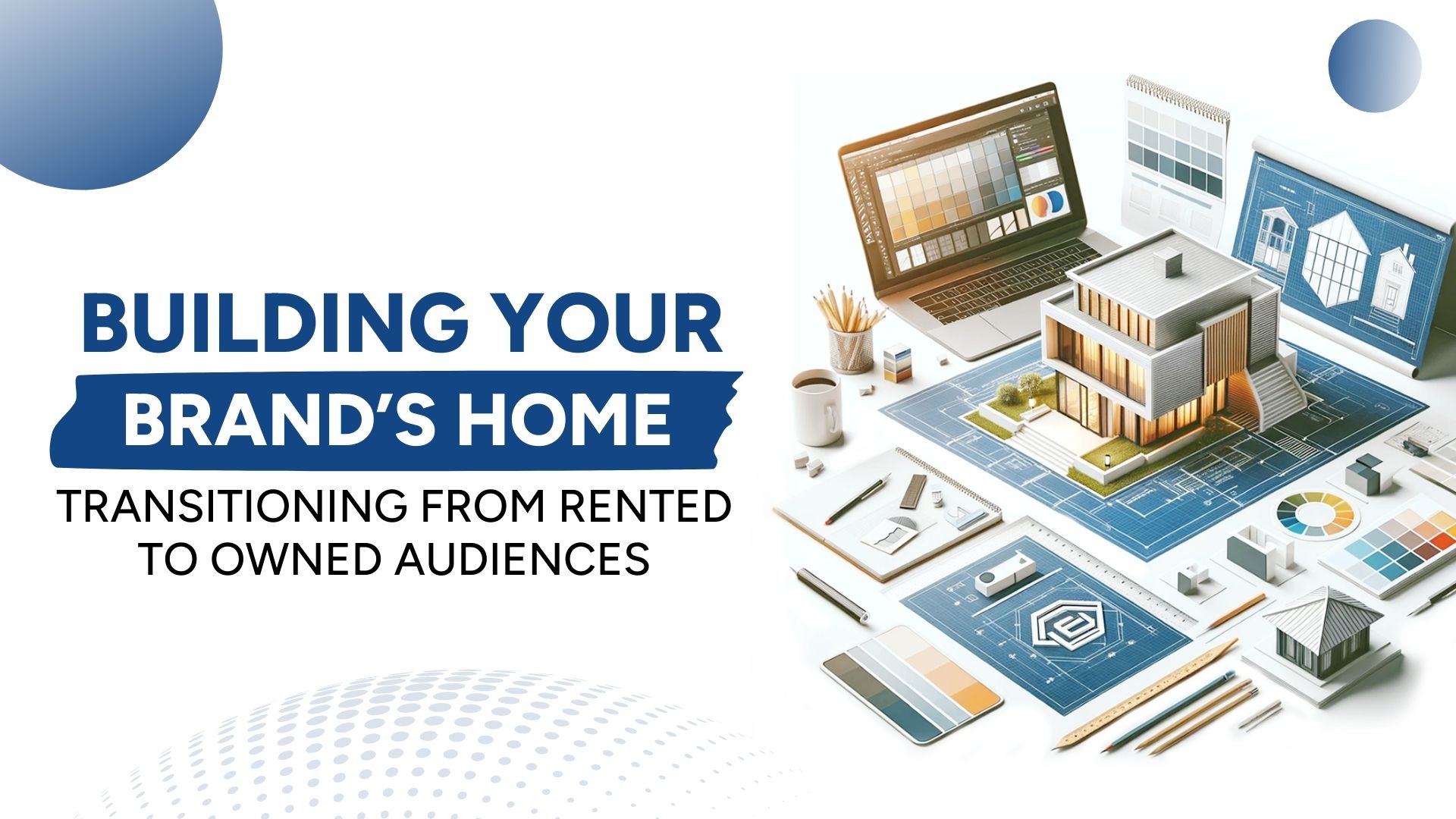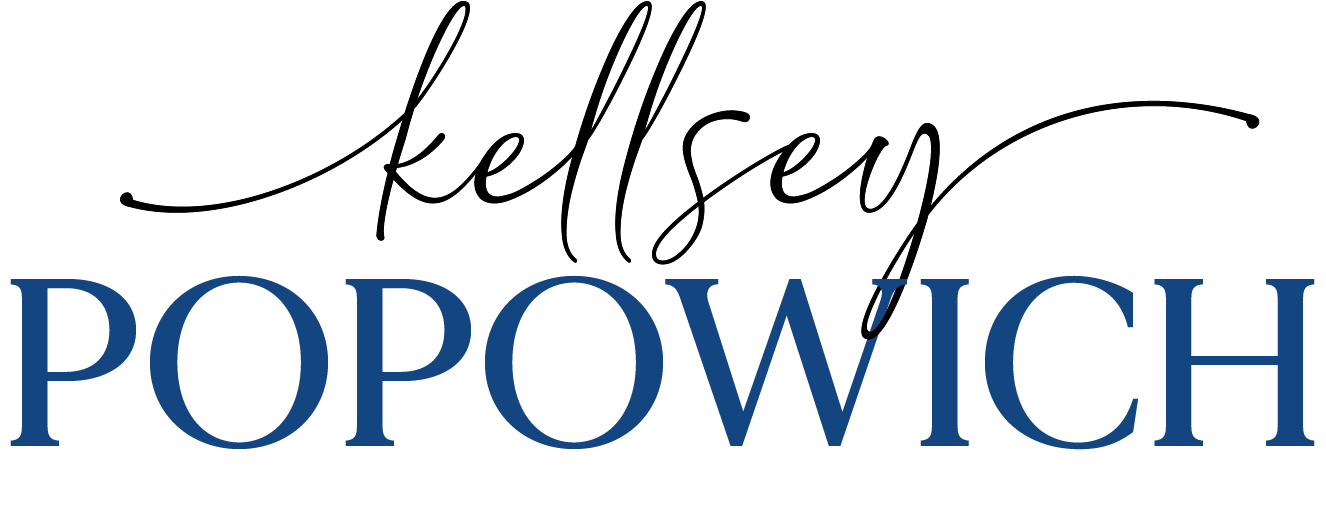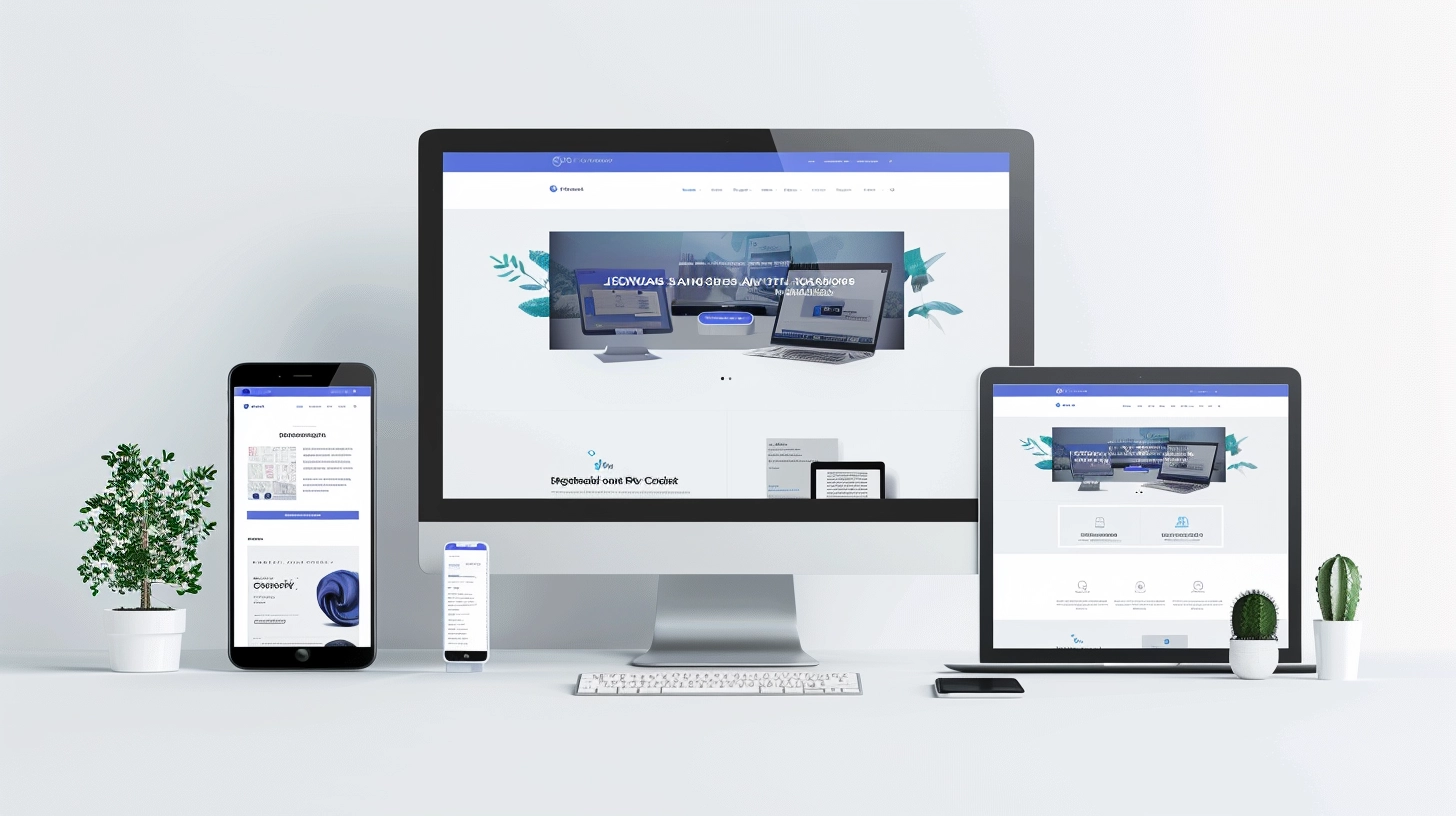Transitioning From Rented to Owned Audiences: A Direct Connection with Your Marketing Audience

In today’s digital age, the distinction between rented and owned audiences has never been more crucial for brands, especially for businesses and law firms aiming to establish a direct line of communication with their marketing audience. This blog delves into the strategic shift from relying on social platforms to nurturing an owned audience within your brand’s digital realm – essentially, building your brand’s home.
Rented vs. Owned Audiences: Understanding the Difference
Rented audiences are akin to temporary guests you interact with on social media platforms. While beneficial, this interaction is heavily influenced by the platform’s rules, such as algorithm changes or potential outages. On the flip side, owned audiences are like welcoming guests into your own home. This audience gathers on your digital properties, like your website or through your email list, where you have full control over the conversation. For brands, this translates to a more stable and uninterrupted connection, safeguarding against the unpredictability of rented platforms.
The Importance of Owning Your Audience
For businesses and particularly law firms, where trust and credibility are essential, building an owned audience is not just a strategy but a necessity. This approach isn’t about steering clear of social media risks alone; it’s about crafting a marketing landscape that resonates with your brand’s ethos. Owned audiences enable personalized, impactful engagements that reinforce your brand identity and encourage loyalty.
Case Study 1: A Law Firm’s Digital Transformation
A mid-sized law firm focused on transitioning from relying on social media for client interactions to building a robust email list and resource-rich website. By offering downloadable guides and free initial consultation sign-ups through their site, they increased their owned audience by 150% in one year. This direct engagement led to a 35% increase in client consultations.
Leveraging Your Website as Your Brand’s Digital Foundation
Your website serves as the cornerstone of your digital presence, embodying your brand beyond the surface level of an online catalog. Here’s how to transform it into a magnet for your owned audience:
- Content That Mirrors Your Brand: Populate your site with content that genuinely reflects your brand’s voice and values, catering to your visitors’ needs.
- Exchange Value for Engagement: Utilize your website as a platform to offer value, encouraging visitors to engage more deeply with your brand.
- SEO & Content Marketing: Implement strategic SEO and engaging content marketing to attract the right audience, ensuring your brand reaches those who need it most.
- Build and Leverage Your Email List: Your email list represents a direct communication channel with your audience, ideal for distributing content that resonates and fosters brand loyalty.
- Adapt Based on Insights: Analyze your website analytics to gain insights into your audience’s behavior, fine-tuning your approach to better meet their needs and strengthen your brand connection.
Case Study 2: Boutique Retailer Enhances Online Presence
A boutique retailer specializing in sustainable products leveraged SEO and content marketing to drive traffic to their e-commerce site. Through engaging storytelling and value-packed newsletters, they grew their email subscriber list by 200% over six months. This shift not only reduced their dependence on social media advertising but also doubled their conversion rate.
Integrating Your Brand Across All Touchpoints
The journey from rented to owned audiences is more than a tactical shift; it’s integral to your branding. Ensuring every interaction, from social media to direct website visits, embodies your brand’s core values and message, fosters a unified brand experience. This consistency in communication enhances recognition, builds trust, and nurtures loyalty, transforming casual visitors into dedicated brand advocates.
Case Study 3: SaaS Startup Prioritizes User Experience
A SaaS startup redesigned its website with a focus on user experience, integrating interactive product demos and a streamlined signup process for free trials. By leveraging targeted SEO strategies and high-quality blog content, they saw a 300% increase in website traffic and a significant uptick in their owned audience, leading to a 40% growth in subscription rates.
As we navigate from external platform dependence to enhancing our own digital domains, remember that your website is not merely a destination but the heart of your brand’s online presence. It’s where your brand story comes to life, relationships are deepened, and your audience truly becomes your own.
We’re eager to hear your experiences and strategies in building an owned audience versus relying on social platforms. Share your insights with us – what strategies have proven successful, what challenges have you faced, and how do you plan to evolve your digital presence?
FAQs on Transitioning from Rented to Owned Audiences
Q1: Why is it important to transition from rented to owned audiences?
A1: Transitioning to owned audiences allows brands to establish a stable, direct line of communication with their audience, free from the constraints and unpredictability of social media platforms. This control enhances trust, loyalty, and engagement with your brand.
Q2: How can I start building an owned audience for my brand?
A2: Begin by optimizing your website to capture visitor information, such as through signup forms for newsletters or exclusive content. Engage your audience with valuable content that reflects your brand’s values and encourages interaction.
Q3: What role does SEO play in attracting an owned audience?
A3: SEO is crucial for directing the right traffic to your website, ensuring your content is seen by those most interested in your brand. It helps connect your brand with individuals actively seeking the solutions you offer.
Q4: How often should I update my website’s content to keep my audience engaged?
A4: Regularly update your website with fresh, relevant content that addresses your audience’s evolving needs and interests. This can include blog posts, case studies, and updates about your services or products.
Q5: Can social media still play a role in building an owned audience?
A5: Absolutely. Social media is a powerful tool for directing traffic to your website, where you can convert followers into part of your owned audience by encouraging them to subscribe to your email list or engage with your content directly on your site.
Stay inspired on your journey. Subscribe to our newsletter for more insights and strategies.



